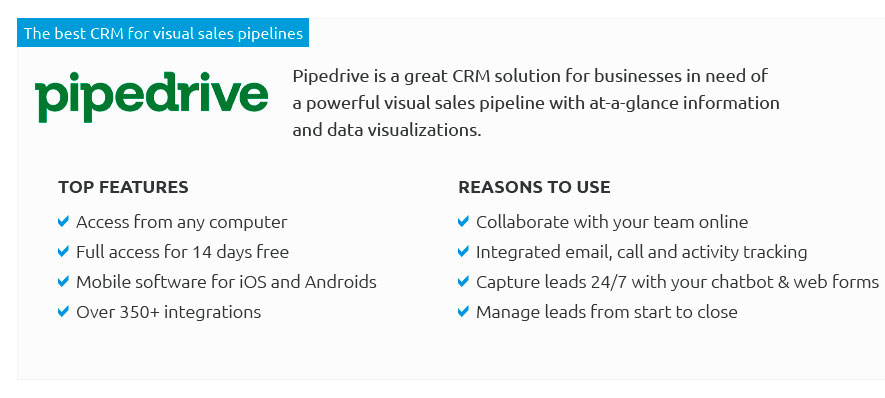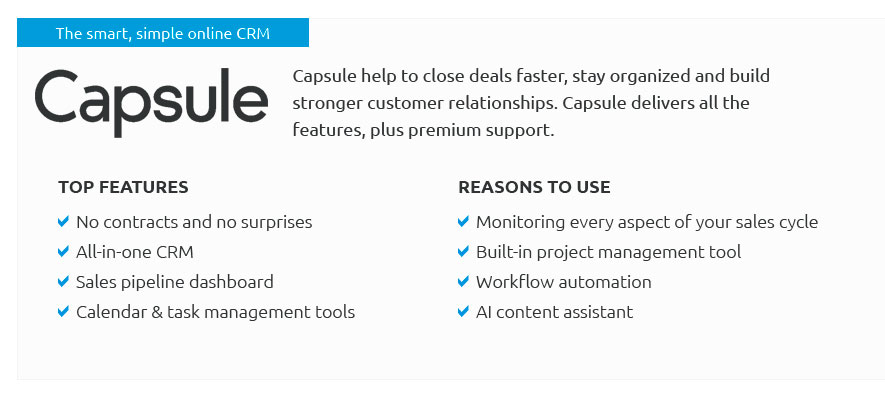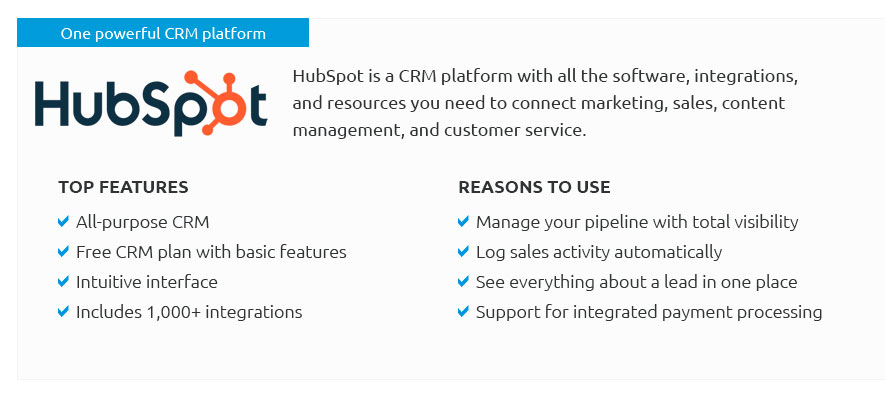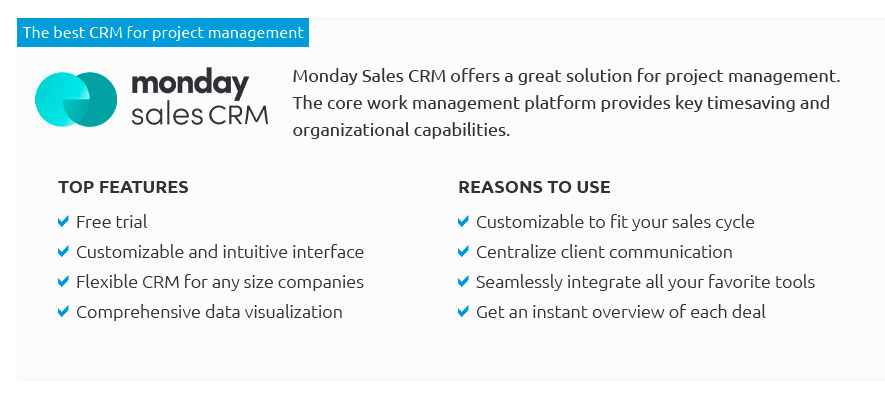 |
 |
 |
 |
 |
 |
|
 |
|
 |
|
 |
|
 |
|
 |
|
 |
 |
|
yy8god2ps How to Build a CRM System: A Step-by-Step GuideBuilding a Customer Relationship Management (CRM) system can be a game-changer for businesses looking to enhance their customer interactions and streamline their operations. Here's a detailed guide on how to create a CRM system from scratch. Understanding the Basics of a CRM SystemA CRM system helps manage a company's relationships and interactions with potential and current customers. It allows businesses to stay connected, streamline processes, and improve profitability. Identifying Your NeedsBefore you start building, it's crucial to identify your specific needs. Consider the size of your business, the industry you're in, and the particular features that would benefit your team.
Choosing the Right TechnologySelect a technology stack that supports scalability and flexibility. Popular options include PHP for server-side scripting, MySQL for databases, and JavaScript for client-side scripting. Designing the CRM InterfaceThe user interface (UI) should be intuitive and user-friendly to ensure that employees can easily navigate the system. User Experience ConsiderationsFocus on simplicity. A clean design with clear navigation will encourage frequent use. Responsive DesignEnsure your CRM is mobile-friendly to allow access from various devices. This improves accessibility and convenience for users on the go. Developing Core FeaturesAfter planning and designing, it's time to develop the core functionalities. Contact ManagementCreate modules for managing contact information, tracking interactions, and setting reminders for follow-ups. Integration CapabilitiesIntegrate your CRM with other tools such as a share schedule application to streamline calendar events and appointments. Testing and DeploymentTesting is crucial to ensure that your CRM system functions as expected. Quality AssuranceConduct thorough testing to identify and fix bugs. Involve real users in the testing phase to gather feedback and make improvements. DeploymentOnce testing is complete, deploy the CRM system. Ensure all team members are trained on how to use the system effectively. Post-Deployment SupportProvide ongoing support and updates to keep your CRM running smoothly. Regular UpdatesKeep the system updated with new features and security patches. Consider feedback from users to continuously improve the system. Additionally, using tools like a note sharing app can facilitate collaboration and knowledge sharing among team members. Frequently Asked QuestionsWhat is a CRM system?A CRM system is a tool that helps businesses manage customer interactions, store data, and improve customer relations. How long does it take to build a CRM system?The time it takes to build a CRM system can vary depending on the complexity of the features and the size of the development team, but it typically ranges from a few months to over a year. What are the key features of a CRM system?Key features include contact management, communication tools, reporting and analytics, and integration capabilities with other business tools. https://ninox.com/en/blog/build-your-own-crm-system
In this blog post, we'll show you the different ways to get your own CRM and which steps you need to take if you want to build your CRM system yourself. https://www.cleveroad.com/blog/how-to-build-your-own-custom-crm-system/
In this article, we're going to point out the main things to think about building CRM system: features, development steps, and critical considerations. https://www.youtube.com/watch?v=lCL3ZG3iOBs
Comments27 ; 7 FREE AI Tools That Can Make You Money (2025) - New 19K views ; How To Build A $10,000 Website In 30 Minutes (AI + No Code).
|